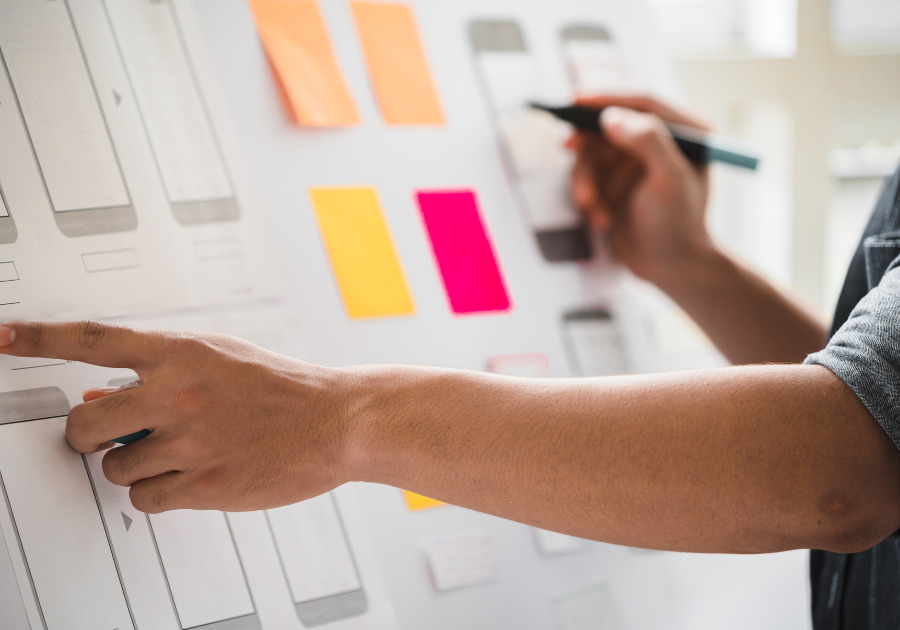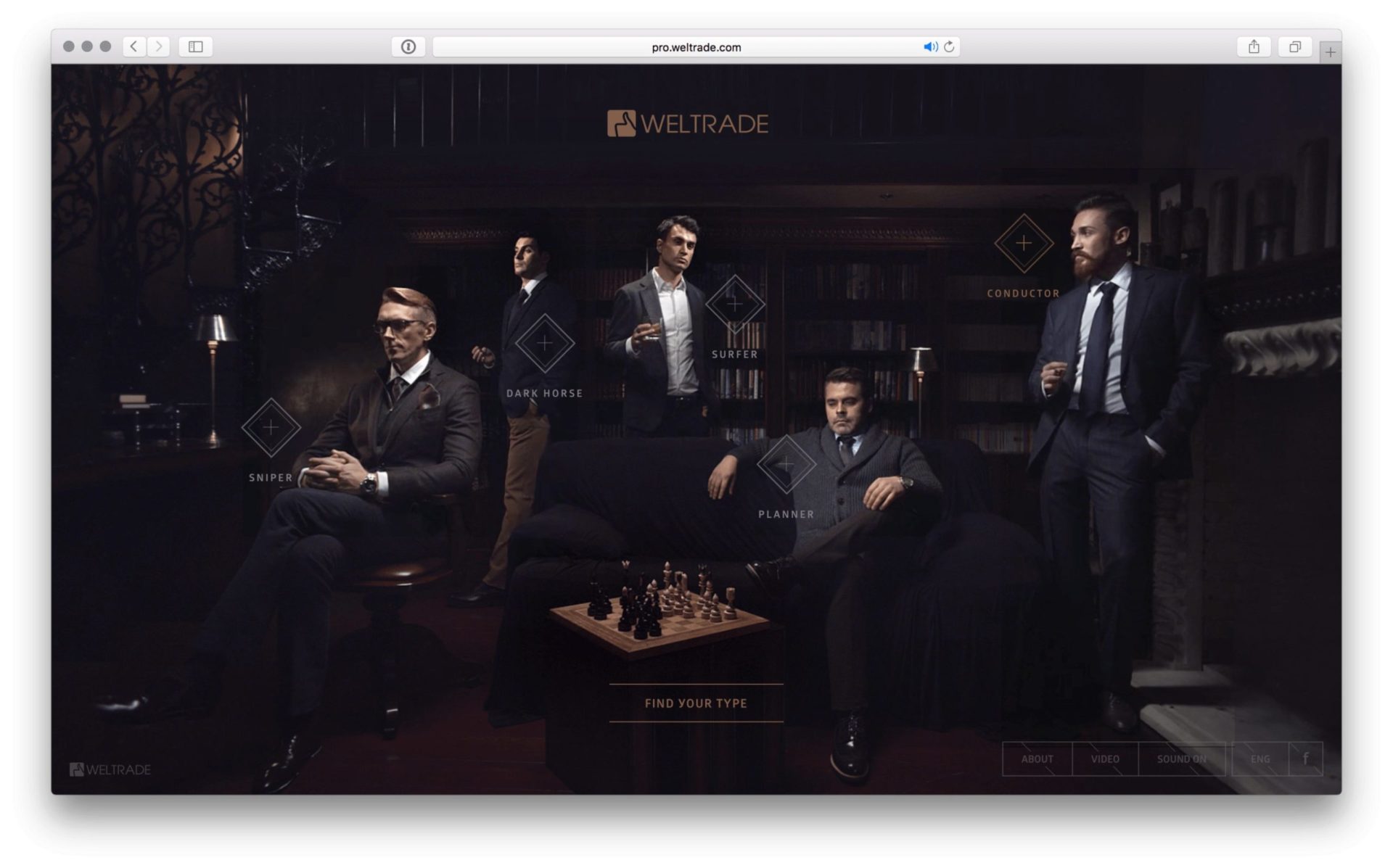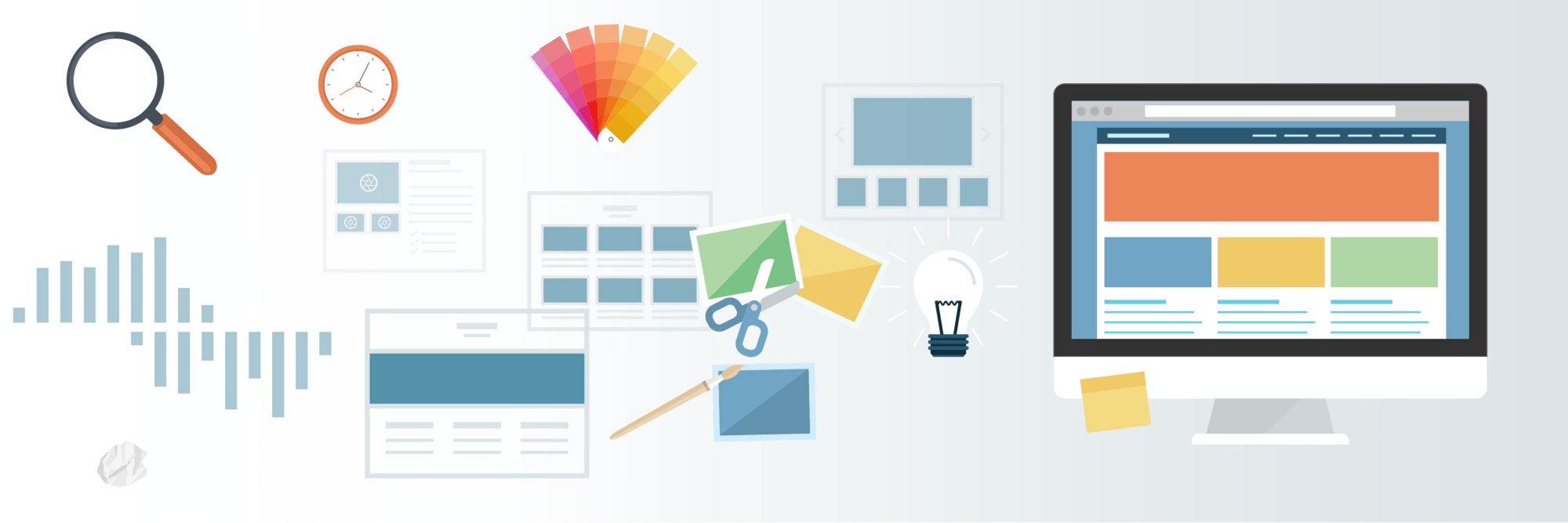Back in the early 1990s, the “father of UX,” Don Norman, proposed the concept of user-centered design. Since then, a new role has emerged—that of the UX designer. Mind you, there was always the role of a user-friendly designer, but it was fairly limited before Norman. It used to focus mainly on what users see, whereas the UX designer job encompasses the entire user experience, including their thoughts and emotions. Today, there are many different product design roles within development teams. That being said, the two most important roles are the product designer and the UX designer. Both of these designers bring unique skills to the table and play a vital role in getting products to market. Some of these design skills are transferable, but these two roles generally differ significantly. This blog post will compare and contrast the roles of a product designer vs UX designer. We’ll highlight their similarities and key differences while discussing what qualities you should look for when hiring for these roles.
Your Product Development Dream Team
To build successful digital products, you need a well-rounded team of experts. Of course, product designers and UX designers are at the core of your operations. We’ll cover these two more in-depth below.
Besides product and UX designers, your team structure will vary on your business needs. The capital provided by stakeholders may dictate which team members you can afford. Likewise, the size of your target market will determine what roles are necessary. Some common roles that you may want on your team include:
Graphic designers: Graphic design workers help product and UX designers to create visual elements that support the overall brand. They might also be responsible for designing marketing materials such as brand typography, brochures, social media posts, advertising campaigns, etc.
Developers: As the name implies, developers are responsible for creating digital products by writing code. Depending on the business goals and needs of the product, developers might focus on front-end or back-end development. The job titles for developers vary but may include architects, engineers, or programmers.
Project managers: Project management requires a unique skill set. They are responsible for managing development projects and timelines. They work closely with designers to ensure that products are built according to requirements and with developers to coordinate tasks and dependencies between team members.
Analysts: Analysts are responsible for conducting market research and producing reports to guide product decisions. They leverage data analytics tools to collect and analyze user behavior. They also gather insights into how users interact with digital and physical products. The job description for analysts can vary widely depending on the company. Some analysts may be data scientists, while others focus on user research or market analysis.
Customer-facing roles: You may have a team dedicated to building customer relationships. It can include sales reps, customer service representatives, or brand ambassadors. UX designers are often responsible for creating effective user journeys for these teams to follow.
At the end of the day, the key is building a team that brings together diverse skills and perspectives to create innovative products.
A day in the life of a UX Designer’s Job
Let’s dive a little deeper into the role of a UX designer and explore what it’s like to work in this field every day. UX designers are responsible for the user interface design of digital products. Their skill set is best suited for work on the front-end design of products. They collaborate closely with developers and other team members to ensure a smooth user experience.
The job description will vary depending on your specific product, but typically a day in the life of a UX designer might involve the following:
Conducting user research: UX designers must understand user needs and pain points. They may do so through user interviews, observing user behavior patterns, or creating surveys. They may host focus groups on product accessibility or conduct usability testing to collect user feedback on prototypes.
Creating wireframes and mockups: A general idea of the user interface can help inform the user experience design process. Designers may work closely with graphic designers and developers. They ensure that UI designs are feasible for implementation, or they might do it themselves. Using design tools like Figma, Adobe XD, or Sketch, they may create interactive prototypes that users can test and provide feedback on.
Analyzing user data: UX designers uncover insights about how users interact with products. They’ll make recommendations for improvements based on this data. Here’s where problem-solving skills really come into play. UX designers are responsible for thinking of new features to improve user flows. However, they must also consider the implications on product performance and costs.
Detailing information architecture and content strategy: UX designers are often responsible for creating compelling user journeys. They design the information architecture of a product, including taxonomies, site maps, and navigation patterns. Since they will share this information with stakeholders, they must be able to communicate their ideas clearly.
Ultimately, a UX designer’s job is to ensure that users have a positive experience when interacting with products. That requires a combination of technical expertise and creativity. It also calls for excellent communication skills. They must have a knowledgeable understanding of human behavior and user psychology.
A day in the life of a Product Designer’s Job
A day in the life of a product designer is a busy one! While it may seem similar to the work of a UX designer, there are some crucial differences.
As product designers, they will be responsible for designing the overall look and feel of products. Their input is often deeply integrated with the product development process from ideation to prototyping. The UX designer may have to validate ideas, but the product designer will typically be involved much earlier in the process.
Every time they iterate on their designs, they will work closely with developers and engineers. Product designers also typically have a background in software development or engineering. That puts them in a unique position to understand the technical challenges of product design.
Among other tasks, they are responsible for the following:
Designing prototypes: They create fully functional mockups of new products using prototyping tools. The visual design is just as important as the interaction design, as a product must look and function well. Product designers will work closely with product managers and other stakeholders. They must ensure that they are building a product that fulfills customer experience obligations.
Fulfill customer experience obligations: Speaking of which, one of the top priorities for product designers is to ensure that their designs are aligned with customer needs. Using the wireframes (Adobe XD, Figma, etc.) created as a base, they will follow the user journey. They can then design the overall experience that users will have when using the product.
Design thinking process: Product designers also follow a design thinking process to develop new features and concepts for product improvements. This involves understanding user personas, brainstorming solutions, prototyping, and user-testing solutions.
Average Salary of Product designer vs UX designer
When building your design team, one consideration is the different compensation levels. To keep the designers that you want on your team, it’s crucial to offer a competitive salary. Remember, you’re investing in them and their expertise that nobody else on your team can provide, so you have to show that you value their skill and experience. According to Glassdoor, the average salary for a UX designer in the United States is $75,663 per year. Similarly, the average salary for a product designer is $80,378 per year.
Note that the design industry is highly competitive. Salaries can vary widely depending on factors like location, experience level, and company size. Industrial design is also included in the average, so it may not accurately represent the digital landscape.
Who to hire and when?
The question remains, which role should you hire for? Ultimately, the answer will depend on your product and team’s needs.
It may make more sense to hire a product designer if you are building a product from scratch, as they can be involved in all design and development stages. They are ideal when you need new talent to bring innovation to the company. However, a full-stack product designer can wear many hats and fill both roles.
On the other hand, if you are looking to improve iterations on an existing product, then a UX designer may be a better fit. They have a more established understanding of users, design patterns, and best practices for user experience. Plus, they can bring valuable insights and expertise to your team as you refine your product.
Of course, a UX designer is also a valuable asset to a product design team. In fact, many companies are now building out their teams by hiring both UX designers and product designers. This allows them to take advantage of the unique skillsets and expertise that each role brings to the table.
Outsource to a partner today
Looking to build your design team and need some help? Want to know more about the roles of a product designer vs UX designer? Outsourcing to a partner can be the perfect solution. Whether you need a product designer or a UX designer, plenty of outsourcing companies specialize in these roles. You can leverage their expertise and experience to quickly build a high-performing team.
At SWARM, we offer a full range of product design and user experience services. We have ten years of experience working with startups and Fortune 500 companies. Our team of talented designers is ready to help you bring your next great product to market.
So why wait? Contact us today to learn more about how we can help you build a strong design.




